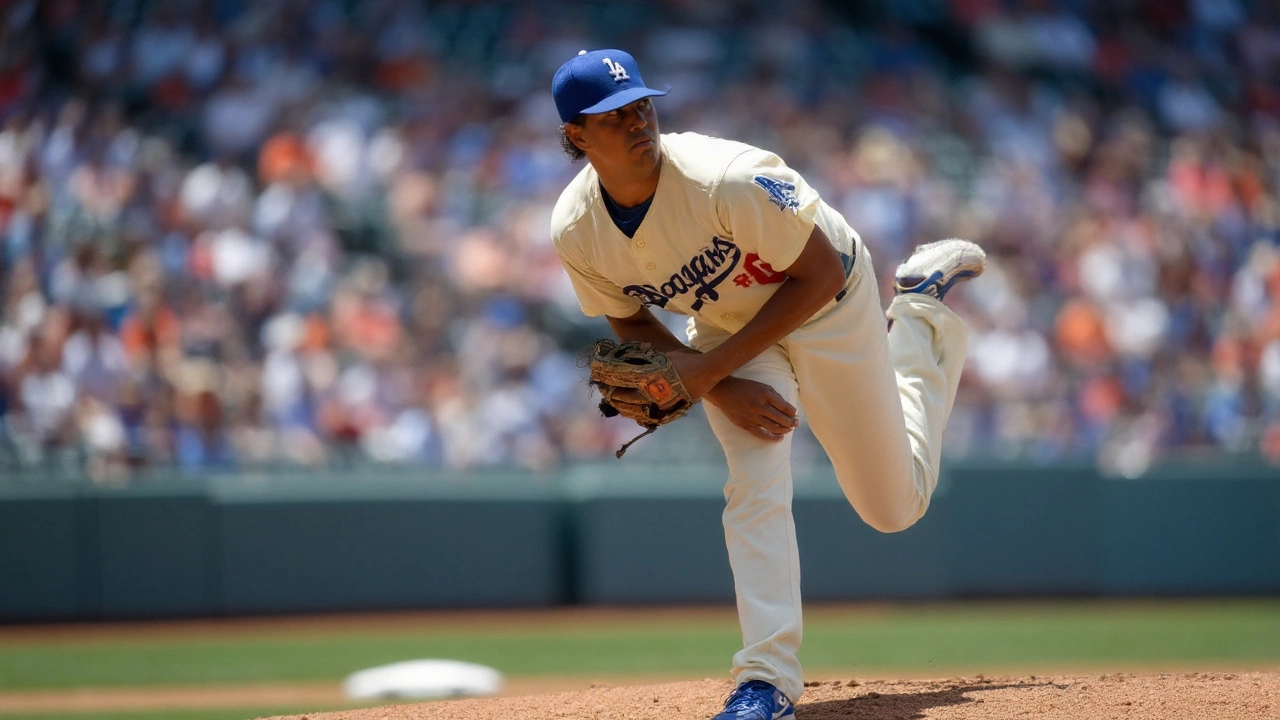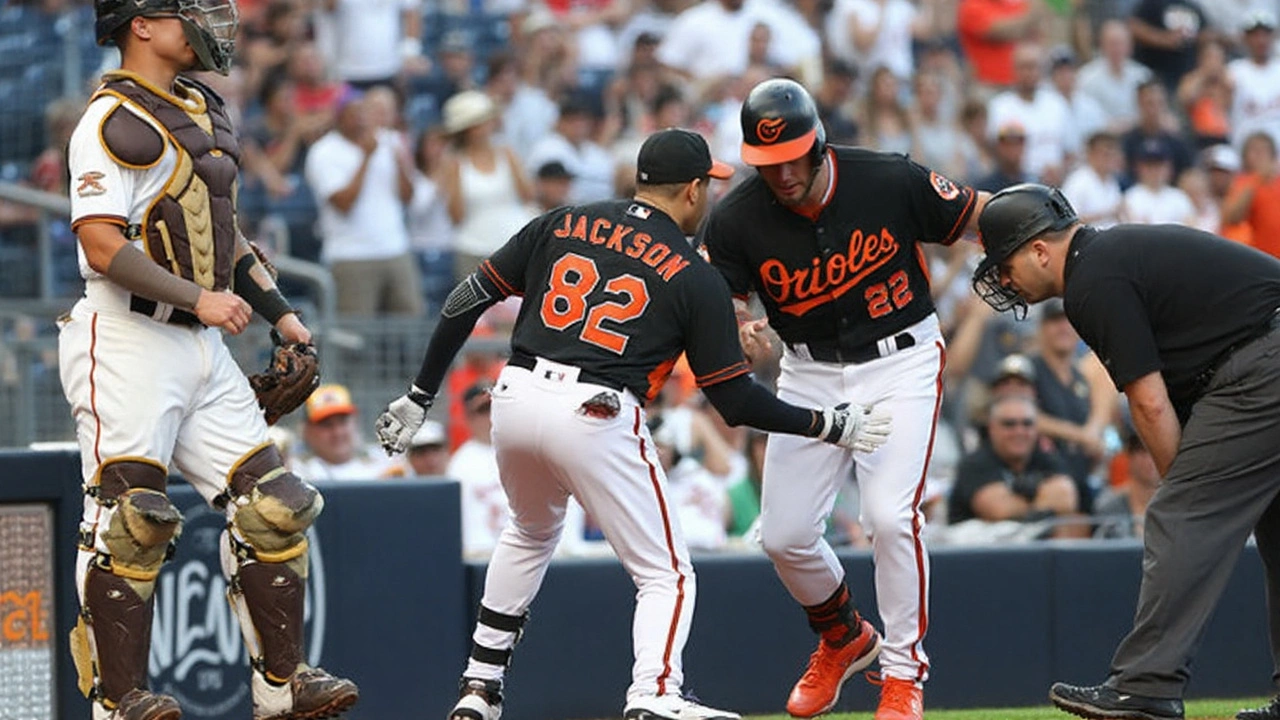
Underdogs bark in Baltimore as the under hits
Eighty-five percent of the public put their money on Los Angeles. Baltimore didn’t blink. In a low-scoring grind at Oriole Park at Camden Yards on Friday, Sept. 5, the Orioles beat the Dodgers 2-1, cashing as home underdogs and delivering a clean win for anyone who played the under on 8.5 runs.
On paper, this looked like a road favorite you could trust. The Dodgers carried a better record, deeper lineup, and the marquee arm on the mound. The Orioles entered with recent momentum but were priced like a team the market still didn’t fully buy. That mismatch between perception and form set the stage for a value play that ended up paying.
Los Angeles went with Tyler Glasnow, who came in 1-3 with a 3.41 ERA and 81 strikeouts. He had a history of handling Baltimore, too: 4-2 all-time with a 3.96 ERA and 68 Ks. The Dodgers’ offense was star-laden and productive. Shohei Ohtani led the way with 148 hits and 87 RBI, while Freddie Freeman and Andy Pages combined for 277 hits and 155 RBI. As a team, L.A. was hitting .252 with a .329 OBP and .436 slugging—numbers that usually travel.
But this one was about run prevention. Camden Yards has played fair-to-pitchers since the left field adjustments, and both staffs leaned into that. Contact was managed, traffic was limited, and every base runner felt heavy. For Baltimore, that’s the exact blueprint: keep it close, squeeze outs, and trust the bullpen to finish.
Glasnow did his job well enough to win on most nights. He kept the ball in the yard, missed bats when he needed to, and avoided the big inning. The difference was timing. Baltimore got the right swing and the right sequence at the right moments, and Los Angeles didn’t. When the margin is a single run, sharp defense and bullpen command matter more than brand names.
From a betting angle, the result checks a lot of boxes. Heavy public action on a popular favorite, a home dog with recent form, and a total that felt a touch high with two capable starting units. The market expected fireworks; the game gave us a chess match.

Pre-game numbers, what cashed, and what it means next
Here’s how the board looked before first pitch: the Dodgers were -1.5 on the run line, the total was 8.5, and the public was lopsided—85% on L.A., just 15% on Baltimore. The Orioles were +1.5 at home, and their recent trend line was pointing up: four wins in their last five both straight up and against the spread. They’d been competitive at home, too, with the total going over in 33 of their previous 68 at Camden Yards, a split that made the final score even more notable.
Los Angeles carried a 4.13 ERA and 1.29 WHIP on the pitching side. That’s not elite, but with Glasnow setting the tone, the expectation was a controllable game. The Dodgers’ bats usually handle the rest. Not this one. Ohtani and company didn’t crack Baltimore’s sequencing and late-inning execution. That’s where the Orioles have clawed out wins all season—run prevention, not fireworks.
For anyone who stacked props, this game tilted toward pitching. Batter total bases props for the headliners were a sweat all night. Strikeout props leaned live depending on how books posted Glasnow’s number, because he had the swing-and-miss stuff working in spots. Run-scoring props, RBI ladders, and alternate overs? Those fell off quickly as both sides traded scoreless frames.
Context matters here. Baltimore arrived with momentum—four wins in five, covers in the same window, and a recent stretch of overs that hinted at offense. Still, they stayed true to the run-prevention model. Winning tight at home against a premium opponent is a confidence builder and a data point for bettors: this team can win ugly.
Los Angeles, meanwhile, has to shake this off fast. The schedule turns to the Rockies, Giants, and Phillies after Baltimore. That’s a mix of altitude variance, division familiarity, and a postseason-caliber lineup waiting at the end. For Dave Roberts’ club, the takeaway isn’t panic—it’s precision. When you get a quality start and don’t cash, it’s usually about sequencing and situational hitting. Those are fixable.
For the Orioles, the formula stays simple: keep games in reach, catch the ball, attack the zone, and let the park help. They didn’t need a five-run inning to beat a heavyweight. They just needed to win the corners, win the middle innings, and avoid the one mistake that flips a scoreboard. That’s a playoff habit, even if the standings still demand a push.
Public sentiment will keep riding the Dodgers in most spots. That’s natural when you line up Ohtani, Freeman, and a deep supporting cast. But baseball is a daily market, and home dogs with functional pitching will always have a pulse. The 2-1 result is a reminder that you don’t have to outslug great teams to beat them. You can out-execute them instead.
What should bettors do with this going forward? Watch the totals at Camden Yards when two competent starters line up. Don’t blindly fade a hot home team because the opponent is a brand name. And pay attention to how L.A. handles scoring opportunities in the next few games—runners in scoring position numbers swing games and tickets in September.
- Dodgers vs. Orioles pre-game spread: Dodgers -1.5; Orioles +1.5
- Total: 8.5 runs; under cashed
- Public split: 85% Dodgers, 15% Orioles
- Dodgers starter: Tyler Glasnow (entered 1-3, 3.41 ERA, 81 K); career vs BAL: 4-2, 3.96 ERA, 68 K
- Dodgers offense: .252/.329/.436; Ohtani 148 H, 87 RBI; Freeman + Pages 277 H, 155 RBI combined
- Orioles form: 4-1 last five both SU and ATS before this game; over in 3 of last 5
- Result: Orioles 2, Dodgers 1; home dog and under both hit
There’s one more layer here: market psychology. When the public piles up on a high-profile favorite, the run line often looks tempting. But unders and home underdogs become more interesting when the matchup leans toward starting pitching and defense. That’s not a fade-the-public mantra; it’s a reminder to price the game, not the name.
Baltimore didn’t win because of a fluke. They won because their plan fit the park, their arms won the strike zone, and they converted the small windows that decided the night. The Dodgers will get more of those windows in the series. The question is whether they turn them into crooked numbers before the seventh inning, where leverage tilts to the bullpen and margins get razor-thin.
We’ll see how both managers adjust. Los Angeles may look to shuffle matchups to get Ohtani and Freeman more early fastballs. Baltimore will keep leaning on execution and lengthening games. If the opener was any hint, bettors should expect tight margins, late drama, and prices that move on pitching confirmations more than lineups.
 Sports
Sports